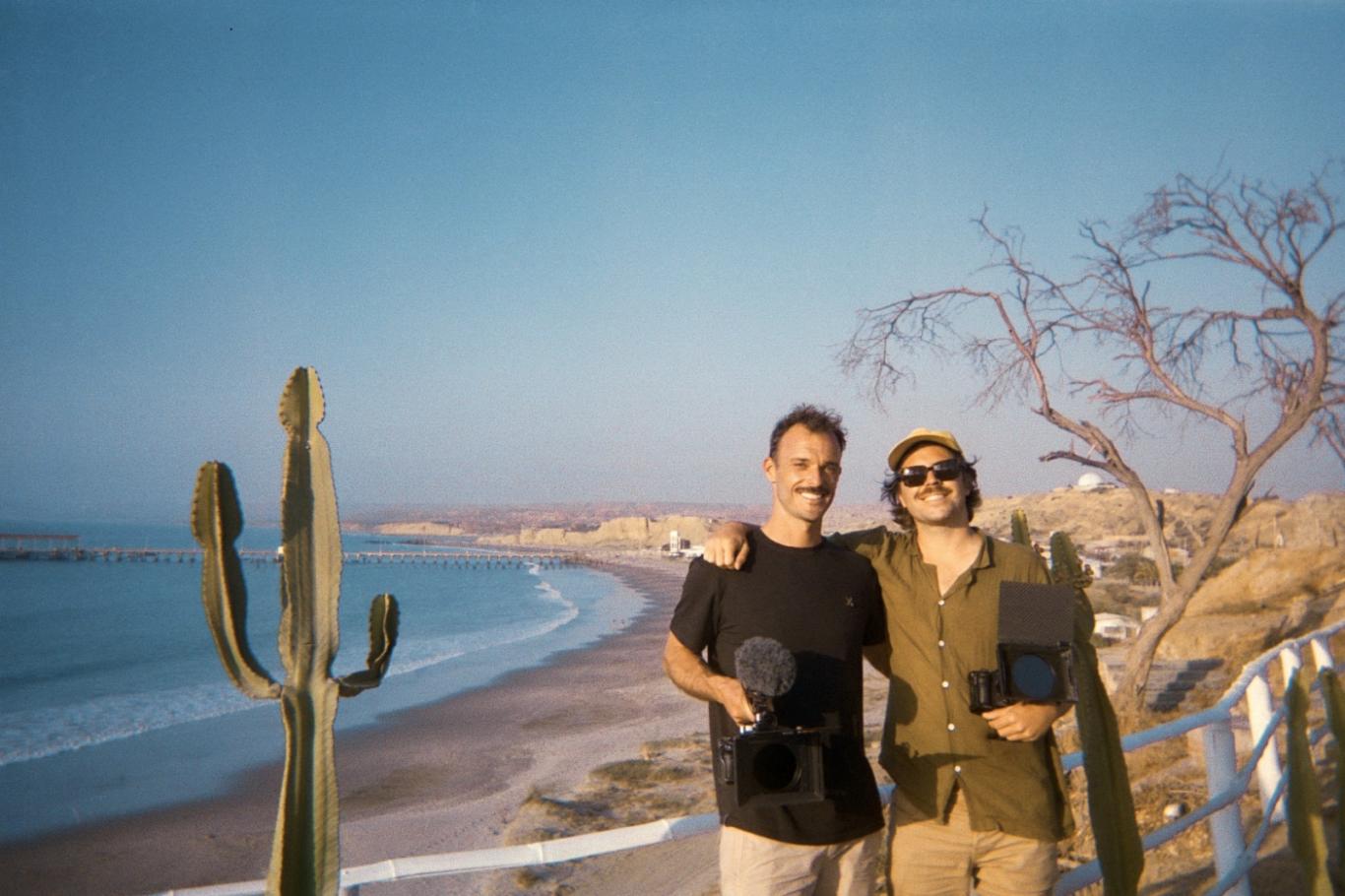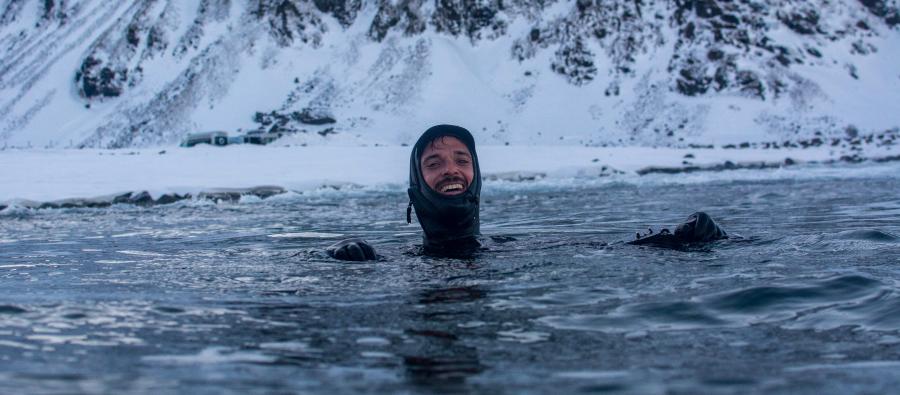
PIERRE FRECHOU

He’s not the kind of filmmaker who just captures landscapes — he captures feelings.
For over a decade, Pierre Frechou has carved his own path between the ocean and the mountains, camera in hand, eyes wide open.
A French filmmaker and director of photography from the Basque Country, he specializes in adventure films rooted in the worlds of surfing and mountain exploration.
A singular voice in outdoor cinema, Pierre frames the raw essence of places where nature sets the rhythm — and where humans find their rightful place again.
From the snow-covered silence of the peaks to the salty spray of the most remote surf breaks, his images speak of much more than sport: they tell stories of commitment, freedom, and poetry.
We first met Pierre back in 2018, during the premieres of Shaka.
Since then, we’ve screened around ten films he’s been deeply involved in — Qivitoq, We The Surfers, Feather in the Wind, Vinhamala, Hono, Wave of Change, Le Cercle, Less is More, and Aurora.
For this new Focus, Pierre shares his world — his vision, his travels, his encounters, his music, and his way of life.
Enjoy the read.
– Hi Pierre,
Do you remember the first time you ever saw surfing?
“The first time I discovered surfing, I was actually more drawn to bodyboarding.
I spent a lot of time growing up in Capbreton, and back then, it was really bodyboarding that caught my attention.
Surfing felt a bit repetitive to me — like it was always the same moves — whereas bodyboarding seemed more aerial, more creative.
But things changed thanks to my older sister.
She was into skateboarding and totally obsessed with snowboarding, too.
I was soaking in that whole culture — the music, the surf videos, the VHS tapes you could buy back then, the magazines like Surf Session and their special issues.
That whole world hit me hard, really early on.
In the end, as I got older, I realized what truly fascinated me wasn’t just surfing or bodyboarding — it was the ocean, the feeling of glide.
It just made me vibrate.”
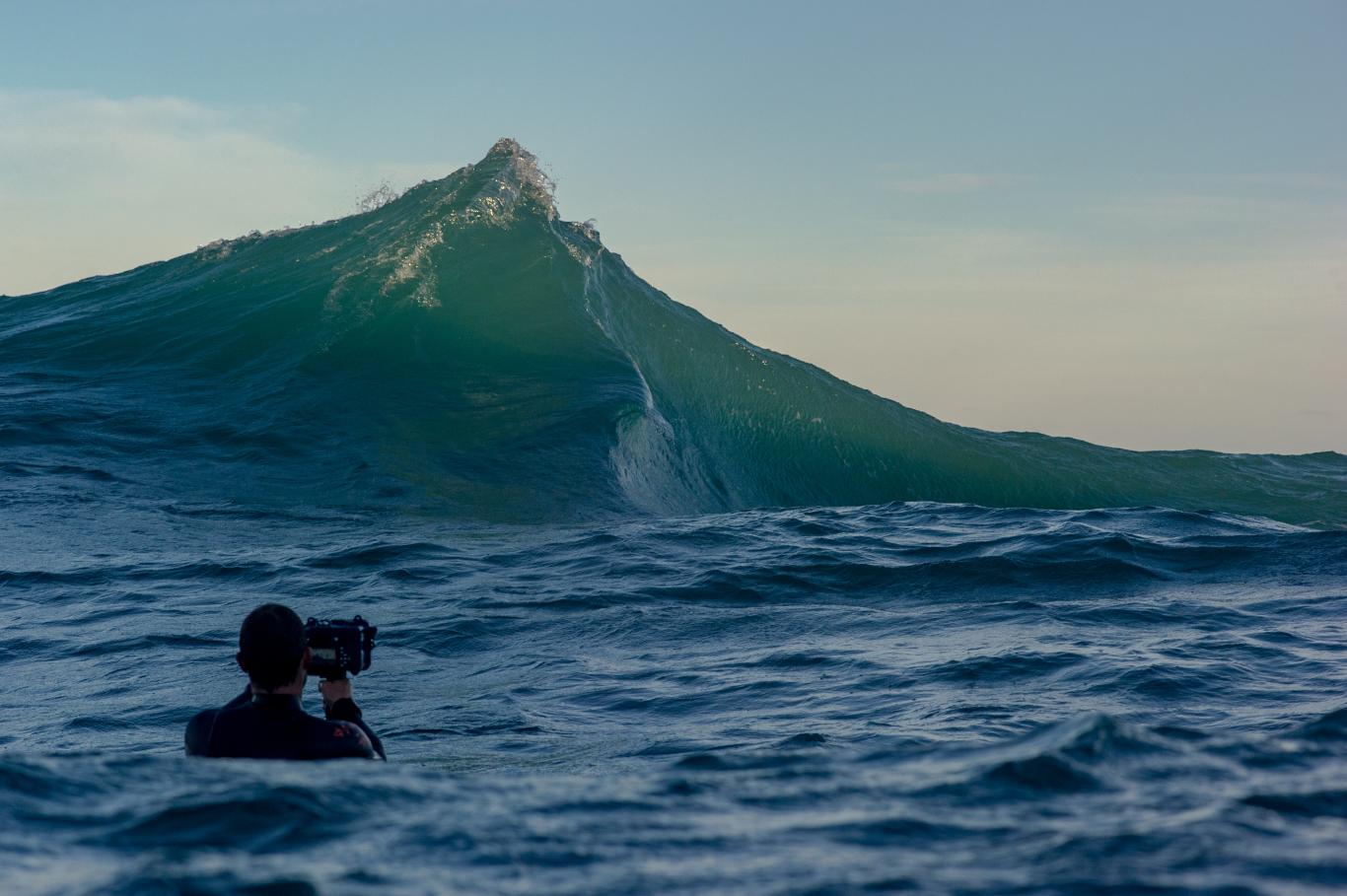
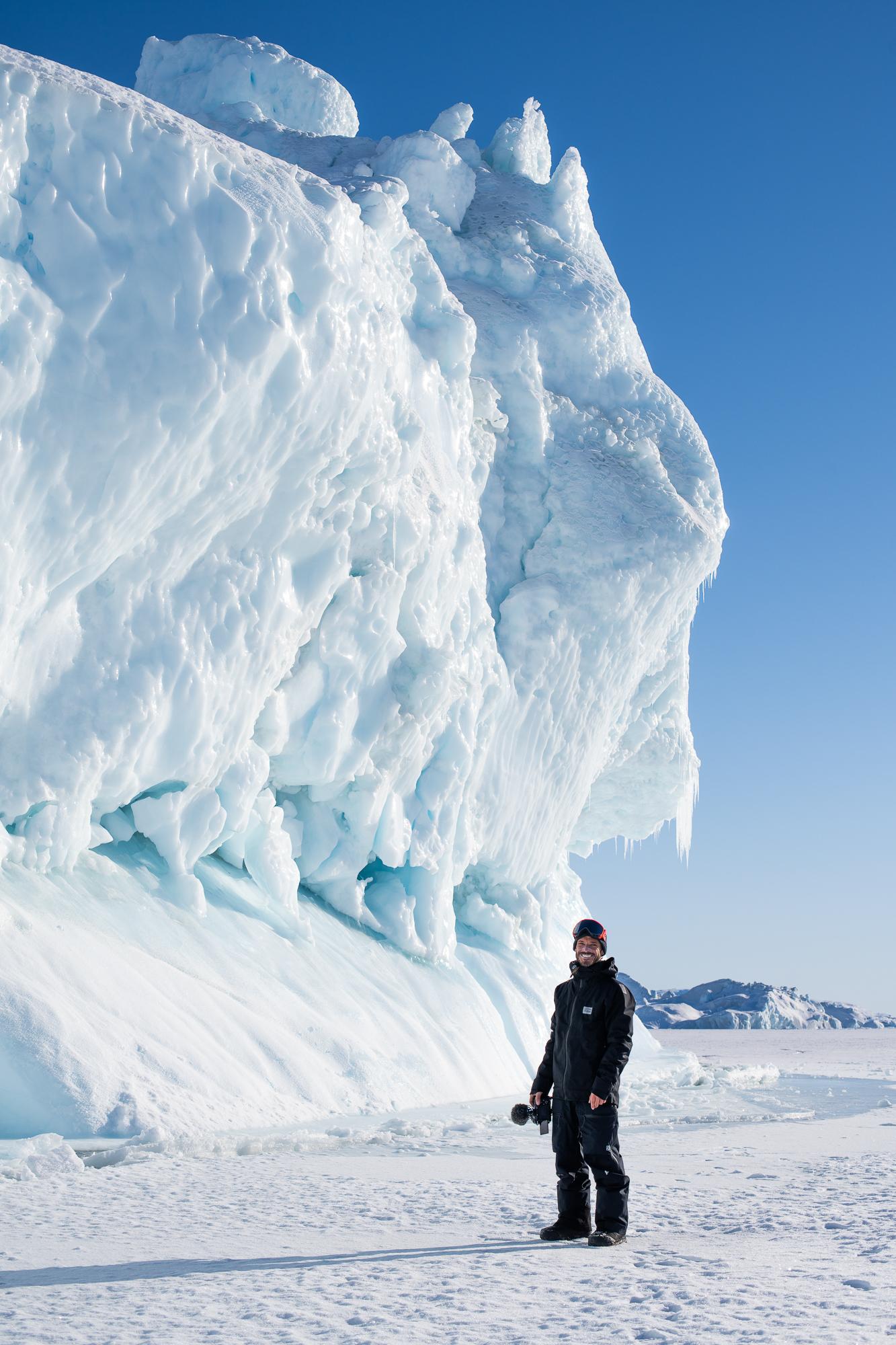
– What piece of art first made you want to tell stories through images?
“I grew up deeply inspired by visual art — video, photography… and it all started with snowboard films.
Back then, I’d watch all those movies on repeat — Mack Dawg productions, the Forum Movies…
Some of them even had bits of surfing, but it was really the snowboard universe that fascinated me.
Those films were nothing like what we see today.
They showed the behind the scenes, the making-of moments, and those classic crash/credits sequences at the end.
I thought that was incredible — watching these guys travel, film their friends, share their passion…
That, to me, was the dream job.
I think that’s where the spark happened — it started with snowboarding, and naturally drifted toward the ocean.”
To show nature — whether in the mountains or by the ocean — from a different perspective.
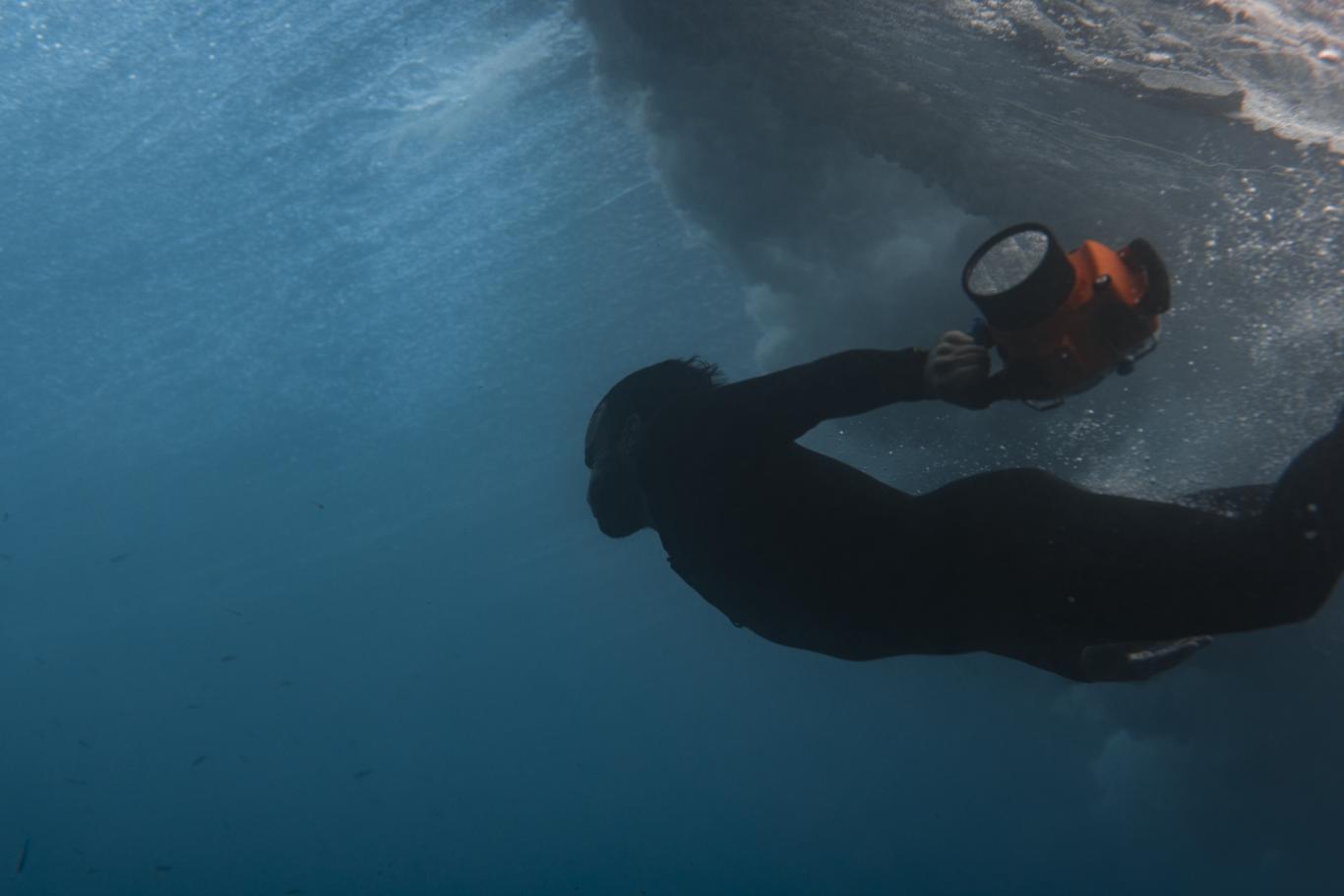
– What’s your surf culture background?
“Like I mentioned earlier, my surf culture really came from my older sister.
She passed on that musical inspiration that went hand in hand with the whole boardriding lifestyle.
I remember wearing out her Sublime CDs, to the point where she’d yell at me for not taking care of them...
That vibe was my first taste of surf culture.
But honestly, the real surf culture came a bit later, after my teenage years.
Back then, I was much more into winter sports, especially snowboarding.
I even went through a phase where I completely left the ocean behind to focus on the mountains.
Then, over time, I found my way back to the sea.
That’s when I really started to dive into surfing — understanding its roots, its culture, and everything that comes with it.
I actually started out bodyboarding — or “la biscotte”, as we call it in France — but it’s not quite the same world, even if the playground’s the same.
These days, I’ve left the bodyboard behind and stick to surfing and bodysurfing.
What really helped me too were the people I met along the way.
Each of them shared a part of that culture I didn’t yet know.
And of course, there were the magazines — there were tons back then.
Every new issue brought real excitement: discovering where surfers had been, what new shots they’d brought back…
And when a special issue came out with a VHS or DVD, that was pure gold!”
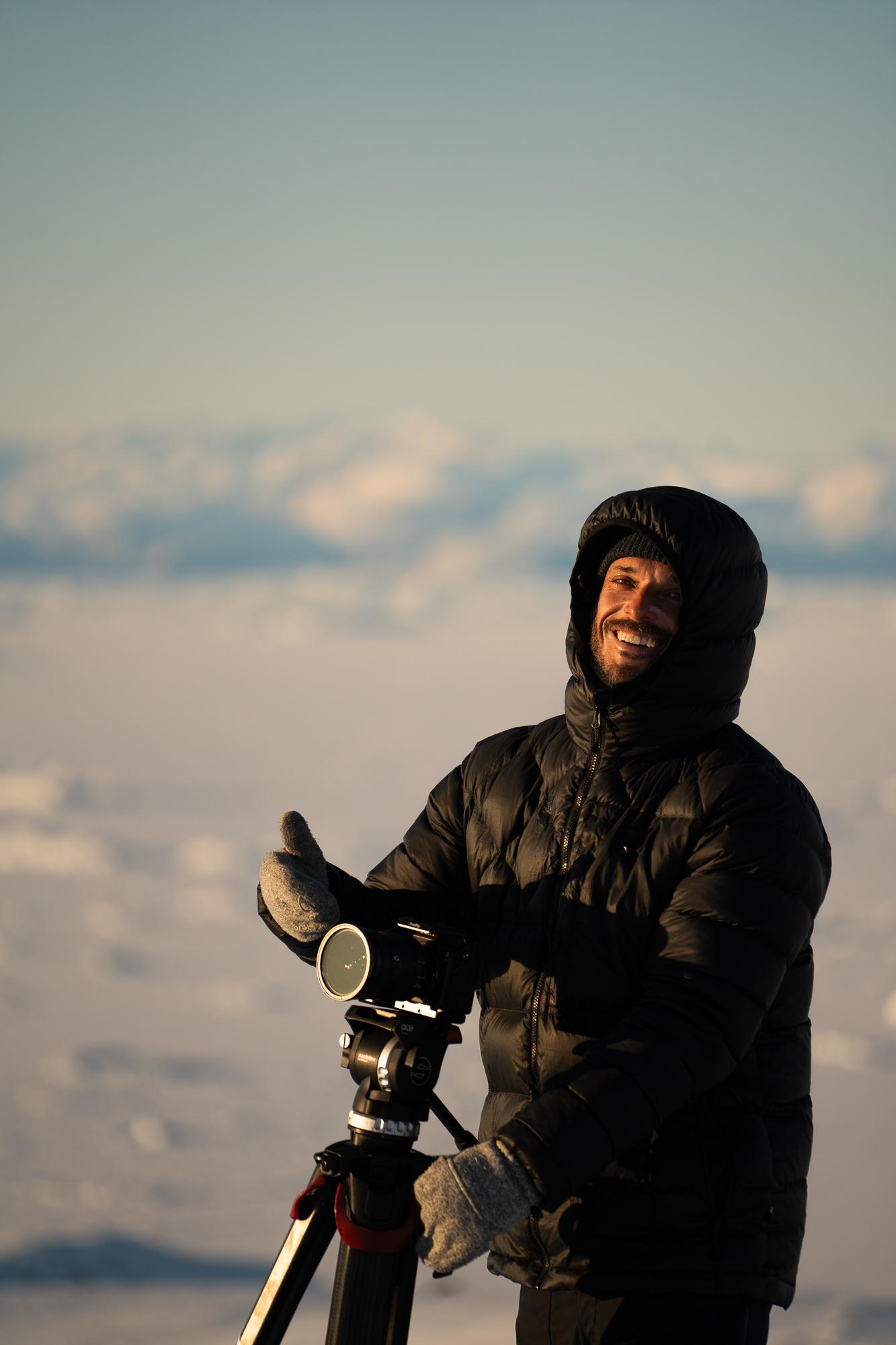
– What inspires you in life and in filmmaking?
“What drives me today is, above all, the desire to elevate images and people —
to show nature, whether it’s in the mountains or by the ocean, from a different perspective.
We often take nature for granted, or reduce it to some kind of mass-tourism backdrop.
What I try to do is remind people of its beauty.
Through documentaries, missions, or expeditions, I always try to stay true to that idea.
And if a project happens to carry an ecological message, all the better —
but it’s not about preaching or being overtly militant.
It’s more about raising awareness through emotion, through the beauty of the visuals and the power of the stories.
Then there’s also the pure joy of it — playing with light, with framing, improvising on the spot.
On those kinds of shoots, you never really know what to expect.
It can be unsettling — rain, bad weather, tricky conditions — but that’s also what makes it so rewarding.
The unknown becomes a source of creativity, and sometimes the unexpected gives you the most beautiful shots.
It’s this mix of passion, exploration, and human connection that still drives me deeply today.”
– Is there a film you’d consider a turning point in your journey?
“I wouldn’t say there was one specific film — more like a meeting and a project.
It was in 2015 that I really decided to go all-in on filmmaking.
The passion had been there since I was 15, watching skate films.
It all started with those sessions with friends, borrowing a little camera, editing clips on an old computer —
back when it was nowhere near as easy as it is today.
But the real turning point came after four years in Canada, when I moved back to the Basque Country.
That’s when I met Bernard Crépel, Mathieu Crépel’s father and co-founder of the Water Family association (formerly Du Flocon à la Vague).
He invited me to join the adventure — filming for the non-profit, which focuses on water education and environmental awareness.
At the time, their ambassadors were people I already admired: Mathieu Crépel, of course, who I’d followed in snowboard films, and Damien Castera.
We met at a few events, instantly got along, and they told me about a documentary project called Odisea —
the idea was to link the mountains and the ocean, an extension of Du Flocon à la Vague.
Then one day, in 2016, they asked me to join them in Chilean Patagonia.
They needed someone kind of “multi-skilled” — able to follow them in the mountains as well as in the ocean.
It was one of those doors life sometimes opens for you:
you either stay where you are, or you walk through it.
For me, there was no hesitation — it was exactly what I’d always dreamed of doing.
I said yes without a second thought.
The trip was incredible — both for the human experience and for finally getting to live off my passion.
That project was the one that truly set the path for everything that followed.”
– Which artists do you listen to while filming or before/after a session?
“I’ve been passionate about music since I was very young.
I was lucky to have an older sister who listened to tons of music, which really shaped my inspirations and fueled my love for it.
I grew up with Sublime, Bloodhound Gang, IAM, NTM, Pink Floyd, Neil Young, Supertramp, and even Vivaldi…
To me, these are classics everyone should listen to at least once. I still play them almost daily.
That legacy has kept me in a curious mindset: I spend a lot of time on different platforms discovering new tracks, whether it’s for video edits, projects, or just for pleasure.
I like to switch styles depending on my mood.
In my personal top list, there’s, for example, a hip-hop track tied to the mountain world: “93 ’Til Infinity” by Souls of Mischief, which I first heard in Forum snowboard films. Many riders probably know it.
More recently, I’ve been drawn to ambient and experimental music, sometimes blended with classical.
Grandbrothers, for instance, completely transport me — whether I’m filming or simply reflecting, in the mountains or by the ocean.
Nils Frahm too, an incredible composer blending classical and experimental sounds, deeply moves me.
On the rock side, I love the slightly underground vibe of The Brian Jonestown Massacre — discovered through surf and snowboard films.
And of course, there are the timeless classics: The Alan Parsons Project, Neil Young, and all that retro stuff that still inspires me today.”
The unknown becomes a source of creativity, and sometimes the unexpected moments yield the most beautiful images.
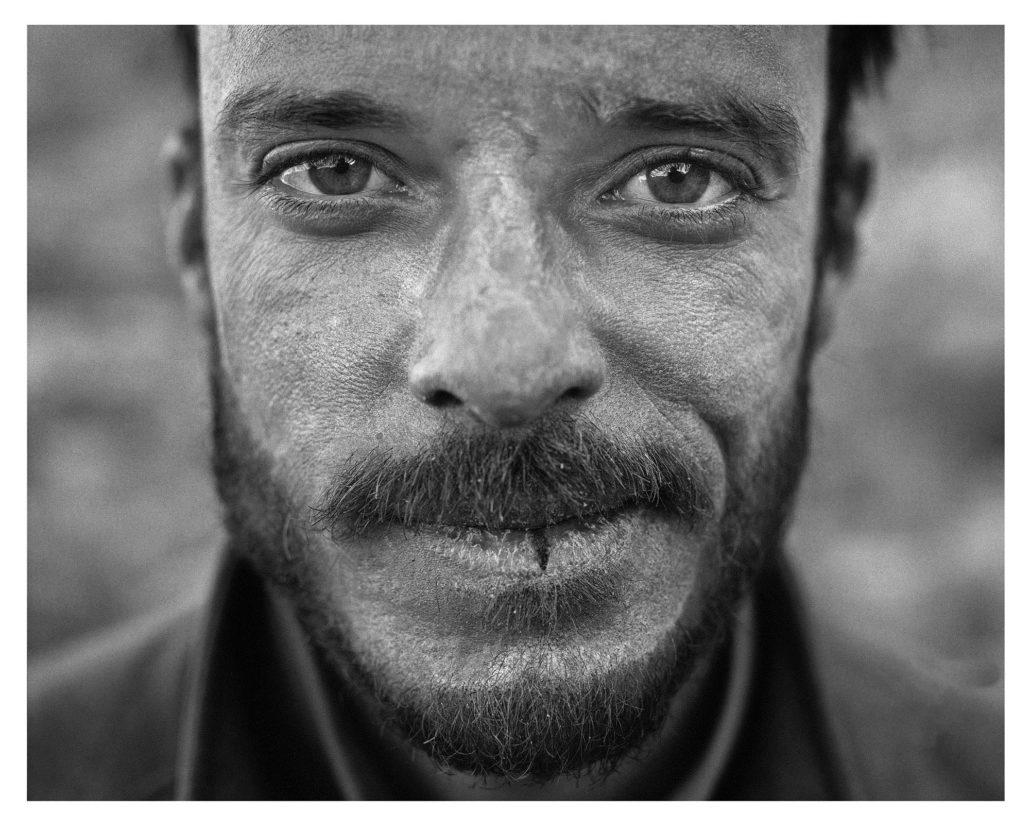
– Ocean and mountains — do you need both?
“I need both to find my balance: the mountains and the ocean.
They are my two playgrounds of passion.
I grew up closer to the ocean, so that came quite naturally.
As a child, being at the beach, you don’t always realize how much it feeds a deeper attraction for later on.
That’s what developed my love for gliding and exploration.
My older brother, for example, has been passionate about fishing since he was little, so each of us had our own connection to the ocean.
For me, it was riding the waves that captured me.
The mountains came a little later, first through snowboarding and gradually through expeditions.
It was a world I didn’t know at all, since I didn’t grow up with surfer or mountain parents.
I approached it somewhat blindly, which was both exciting and intimidating.
Yet it’s a space that still attracts me, whether for hiking, climbing, or more extreme expeditions tied to filming and documentaries.
This mountain-ocean mix is an incredible richness for me.
The ocean isn’t just about surfing: it’s also the biodiversity, and the related sports — foil, longboarding… even if I’ve left bodyboarding behind.
On the other hand, the mountains offer a different intensity, a different approach.
Today, I try to balance the two. Sometimes, during busy tourist periods, I feel drawn more to the mountains, to regain solitude and space.
But there’s always a point where I miss the ocean and feel the need to return.
Being based here lets me have both, which is exactly why I stay.”
This combination of mountains and ocean is an incredible gift for me.
– What have been your best trips?
“If I go chronologically, my first truly memorable trip was to Chilean Patagonia with Mathieu Crépel and Damien Castera.
It was also the chance to meet Greg Rabejac, a big name in French surf photography.
We climbed Osorno volcano to spend the night in a small cave just below the summit.
It was a horrible night in terms of comfort — everything was wet, water dripping onto the tents — but absolutely incredible on a human and professional level.
I remember barely sleeping at all, too amazed to rest, thinking: “I’m here… and this is my job.””
On the ocean side, another standout moment was a project with Oxbow in Tahiti for the film Hono.
It was my first time there, and like everyone, I was blown away.
The landscapes, the energy of Polynesia… it was breathtaking.
Later, still with Oxbow, I worked on other projects, including with Pierre Rollet and Ludovic Dulou, on documentaries focused on big-wave surfing and foil surfing.
I had the chance to immerse myself in disciplines I had only observed from afar until then.
There was also a recent project in Peru with director Alex Heitler — an immersion into the local culture and some truly stunning surf spots.
On the mountain side, a particularly memorable experience was filming the movie Zabardast in Pakistan in 2018.
It was my first real encounter with high altitude.
I didn’t yet have all the necessary instincts and felt very much in the unknown, even though I was well supported.
It was a huge challenge, but in the end, I loved it — despite the pain and the difficulty.
It also opened the door to other projects, like Chronoception in Kyrgyzstan.
More recently, there was a project in Liberia with Arthur Bourbon — my first collaboration with him and an exciting discovery of the country and its people.
And then, finally, the latest major project was in Greenland with Mathieu Crépel: a documentary filmed while camping, in total immersion.
There, it’s like stepping onto another planet: the ice, the cold, the vast frozen landscapes…
It’s not just the mountains — it’s a whole other world.
Experiencing it from the inside was absolutely unique.
They were looking for someone a bit of a “Swiss Army knife,” capable of keeping up with them both in the mountains and on the ocean.
– What actions do you take for the planet?
“Today, through the films and projects I take part in, I try to convey meaningful messages.
My goal isn’t to sell a dream, but to show the beauty of nature and explain why it’s important to protect it.
We can enjoy it, use it, but we must always respect it.
In my daily life, at home or in my personal actions, I try to be mindful of the impact of what I do.
I was lucky, as a teenager and shortly after, to meet people who opened my eyes to the reality of the world.
Before that, I lived in a bubble — eating fast food, drinking energy drinks, with no ecological awareness at all.
Today, I see it as a virtuous circle: we look at a subject that concerns all of us, and try, each in our own way, to do our best.
It’s not always easy, especially in my line of work — some documentary projects require flying.
But there are alternatives.
For example, this winter, for a project with snowboarder Thomas Delfino in Norway, we traveled by train and sailboat.
It was a first for me.
Sure, it takes more time, but those moments of escape, when you lose track of time, are precious.
They let you find calm, like when you’re lost in the mountains, free from clocks or obligations.
Sharing this ecological awareness isn’t always easy, as there’s a lot of judgment — everyone thinks others should do more or better.
But I believe that when each person acts at their own scale, even modestly, it creates a virtuous circle that moves everyone in the right direction.”
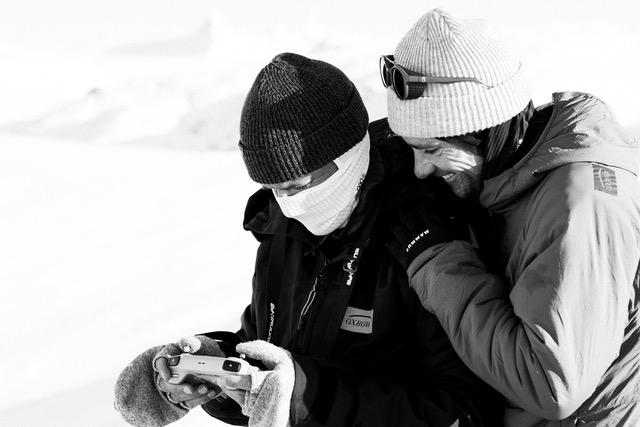
– What are you working on?
“At the moment, I’m spending a lot of time in post-production: editing, color grading… I’m finalizing various projects that were filmed earlier this year.
There’s also a small ongoing project with a local surfer — a really interesting profile, and we seem to click well.
I won’t say more for now, but it’s a promising project, especially for those who love barrels.
For the winter season, everything remains uncertain.
You never know how conditions will evolve, and the economic context doesn’t help — the outdoor industry has faced some challenges over the past year or two.
You have to be ready to adapt and bounce back.
We keep our fingers crossed and continue to make the most of every opportunity that comes our way.”
Thank you, Pierre!
